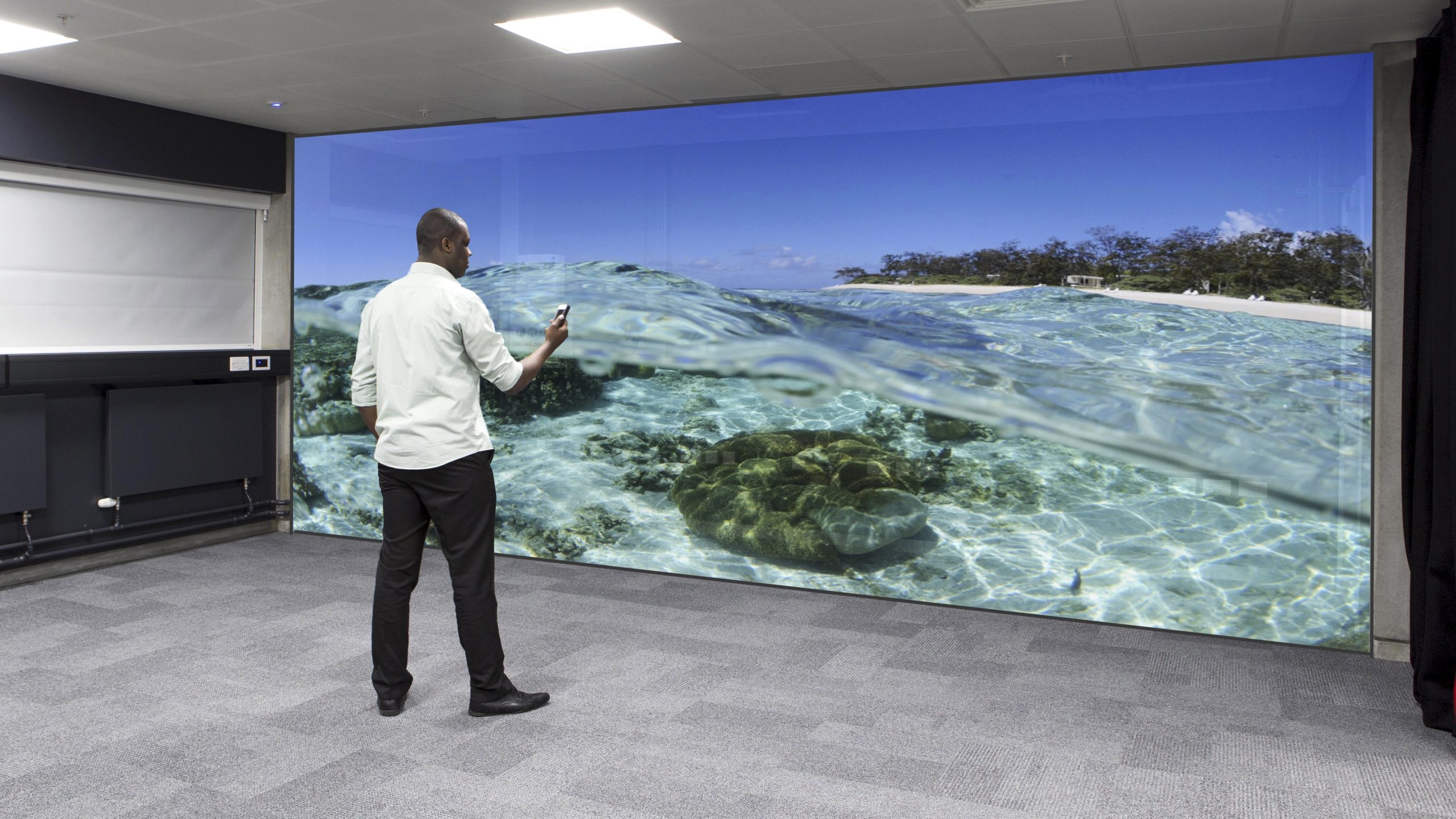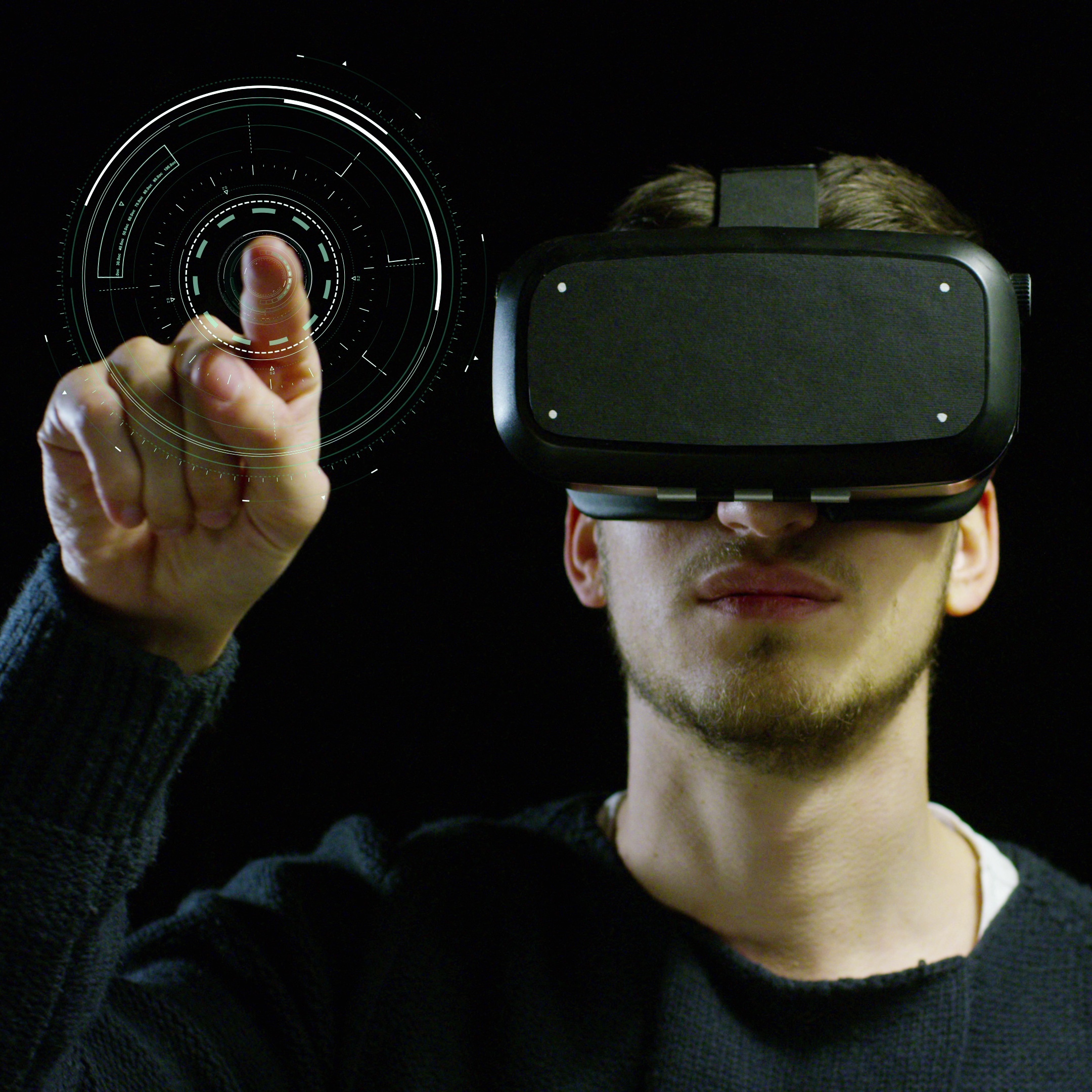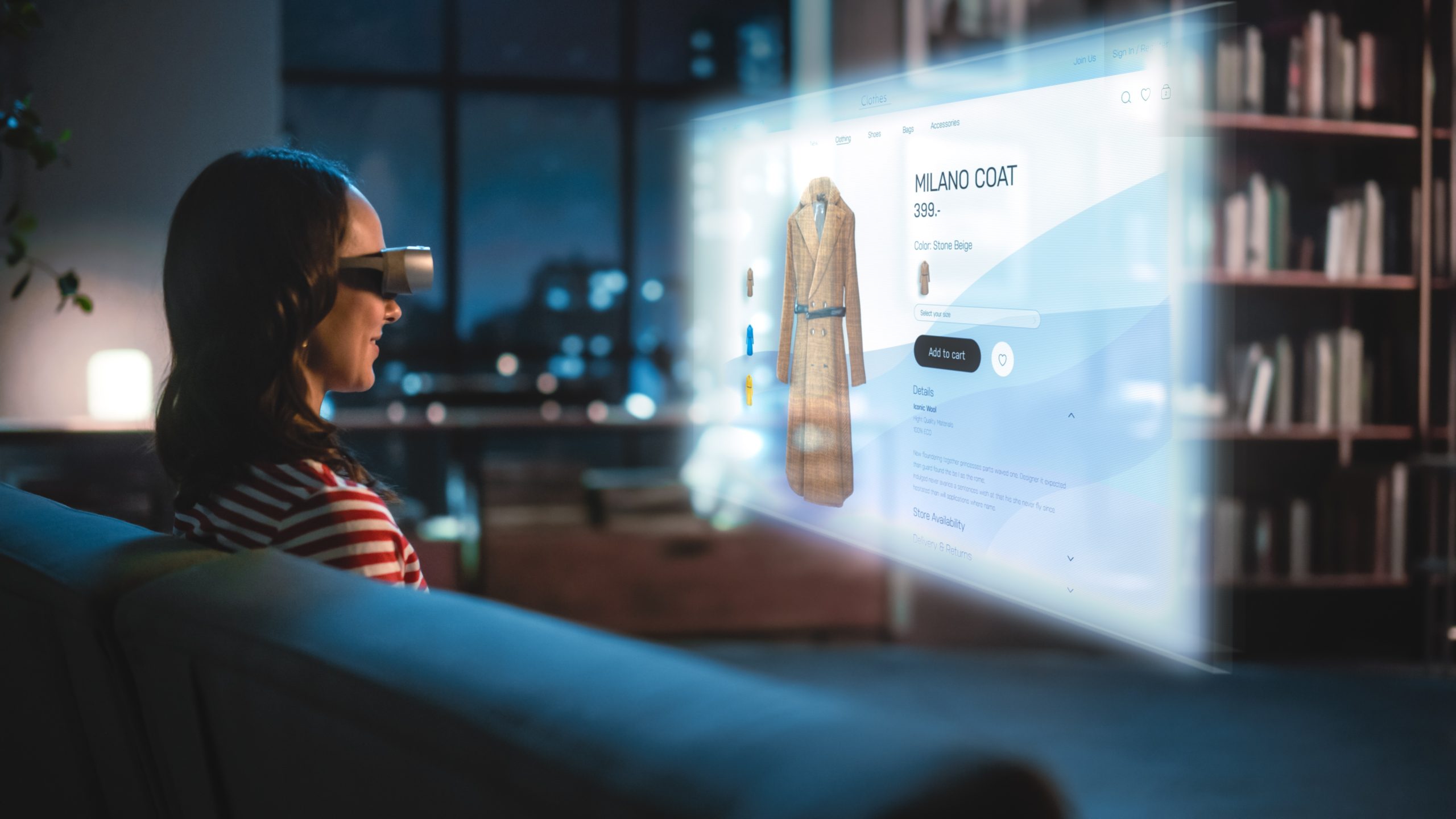Real-world uses of Interactive walls
What Are Interactive Walls?
Interactive technology has the potential to shape our daily lives. Interactive walls build on this foundation, responding to our presence and touch. These interactive surfaces blend seamlessly into spaces, transforming entire rooms into responsive environments.
At their core, interactive walls are sophisticated yet intuitive. They combine touch sensors, motion detectors, high-resolution displays, and smart software to create surfaces that understand and respond to human movement. Walk up to one, and it activates. Touch it, and it reacts. Wave your hand, and it follows your gesture.
Interactive surfaces serve diverse purposes across industries, from classrooms where kids solve math problems with their hands to hotel lobbies where guests control mood lighting with a wave. They’re changing how we learn, shop, heal, and connect with spaces around us.
Let’s explore how businesses are putting these responsive surfaces to work in ways that boost sales, cut training costs, and turn these interactive walls into valuable assets.
1. Marketing
At trade shows and retail spaces, walls that respond to touch give people a reason to stop and stay. Visitors explore products on their terms, while brands learn exactly what catches the audiences’ attention. These displays update quickly for different events or seasons, tracking engagement patterns in real time. When audiences can touch and interact, they’re more likely to become buyers, and brands get real feedback without relying on surveys.
Real Results in Action
The results speak for themselves. At car shows, BMW lets potential buyers explore features through touch displays. Sales teams watch which details interest people most, helping them explain intricate features more effectively.
Coca-Cola takes a different approach in stores. Their interactive walls turn waiting time into play time through games and quizzes. This not only entertains shoppers but shows which products catch the most interest, helping tie fun experiences directly to purchase decisions.
Kinder brought this idea to supermarket aisles. Their displays feature 3D animals that kids can interact with while parents shop. This smart approach keeps families in the aisle longer, makes products easier to spot, and turns regular shopping into an engaging experience.
This technology works because it’s a win-win for both the business and the customer. It creates moments that matter while explaining products better and keeping customers engaged longer.
2. Experience Centers
Product displays come alive when visitors can touch and test them. Instead of just looking at items behind glass, people try products in real scenarios, getting hands-on with features that are of value to them.
Real Results in Action
Companies use these walls to share their stories, too. The Walt Disney Family Museum brings Walt’s journey to life through animated displays. Visitors interact with screens to uncover archive footage, flip through sketches, and see how their favorite Disney characters evolved. This hands-on approach keeps people engaged longer and helps them connect with Disney’s history in ways static displays never could.
Our Expertise in Action
magineu transformed Tata Steel’s experience center through connected interactive walls. The displays tell three powerful stories: Tata Steel’s technical excellence, sustainability goals, and the people behind every project. Smart tracking shows which content resonates most, helping Tata Steel keep its message sharp and effective.
These centers succeed by letting visitors explore at their own pace. Real-time data helps companies refine content based on what people actually want to learn, creating memorable brand experiences.
3. Retail
Interactive walls add new dimensions to shopping spaces. Virtual mirrors help customers try products safely and even customize products on a large screen. At the same time, digital displays turn stores into engaging spaces that keep shoppers browsing longer and buying more confidently.
Real Results in Action:
Tint Cosmetics’ Magic Mirror shows how virtual try-ons solve real shopping problems. Customers see makeup on their faces in real-time, buying with confidence and avoiding hygiene concerns. This practical approach cuts return rates and speeds up purchase decisions.
In San Francisco’s Union Square, Dior uses a two-level display wall to enhance their store environment. The artistic displays match the brand’s style, so shoppers stay longer, explore more, and connect with products in a setting that feels special.
4. Events
The biggest waste in events isn’t the leftover coffee but the untapped audience data. Interactive walls turn the tide as every touch and every interaction reveals what actually interests your audience, not what you think interests them. While traditional displays hope for attention, these walls measure it.
Real Results in Action:
At the Deauville Meeting, France Galop installed outdoor touch walls for racing fans to vote for their favorite jockeys. The simple interface drew crowds and collected valuable contact information, proving how interactive elements can boost both engagement and business goals.
Our Expertise in Action
The interactive walls at events can serve both attendees and organizers. Visitors get an engaging experience, while brands collect insights that help improve sales and plan even better for future events.
5. Schools and Corporate Learning
Textbooks teach, but hands-on experience sticks. Interactive walls bridge this gap, turning abstract concepts into tangible interactions. In one space, learners can dissect virtual cells, teams can manipulate complex data, and trainees can practice real-world scenarios.
Real Results in Action
The Greensboro Science Center shows how this works in education. Their interactive aquarium wall uses cameras and touch displays to bring marine life up close. Students gather around the wall, exploring ocean ecosystems together while teachers guide their discoveries.
In corporate settings, these walls transform data into clear visuals for meetings and client pitches. The same space becomes a training ground where teams practice scenarios and build skills through real-time feedback. Most people forget 90% of what they see – but when they can touch, test, and try, the learning sticks.
6. Hospitality
Guest service shouldn’t have to choose between efficiency and personality. Interactive walls in hospitality spaces handle routine tasks instantly while freeing staff for meaningful interactions. This dual approach leads to faster service, stronger guest connections, and better business metrics.
Real Results in Action:
CIC Hospitality’s 30 Scandinavian hotels showcase this balance. Their interactive lobby walls manage check-ins and local recommendations in multiple languages, letting staff assist several guests at once.
The numbers tell the story. Front desk costs dropped by a third, yet service ratings went up. No lines during peak hours. Instant language-matched support when needed. These walls didn’t replace human service – they enhanced it, proving digital tools can make hospitality more personal, not less.
Implementation Insights
The value of interactive walls is clear across industries. When companies install these displays thoughtfully, they see real benefits. People stay engaged longer, businesses collect valuable data about customer preferences, and brand perception improves. Interactive elements turn routine visits into experiences worth sharing.
But making these walls work isn’t simple. Space planning requires careful consideration—power sources might be far from ideal locations, foot traffic patterns can clash with viewing angles, and ambient lighting often interferes with display visibility. Hardware integration demands both technical expertise and an understanding of architecture. Content updates and maintenance need ongoing attention to keep installations relevant and running smoothly.
From initial space assessment to ongoing maintenance, we at magineu, have refined every step.
Our experience spans across industries and each project has added to our understanding of what makes interactive walls truly effective. We create content management tools that make updates straightforward and set up analytics that show clear ROI. This practical knowledge helps companies avoid common pitfalls, focus on using their installations rather than troubleshooting them, and get more value from their investment.
Wrapping Up
Interactive walls are bringing new possibilities to everyday spaces. With cutting-edge technology, they’re solving business problems, and the best installations cut operational costs while increasing customer engagement. They provide data that improves decision-making and scale across locations without multiplying workload.
While the technology itself is interesting, it’s the thoughtful implementation of these walls that matter most. As interactive walls see an increasing number of use cases and greater uptake from leading brands, we’re witnessing how they can make spaces more useful and engaging without being overwhelming. The key is finding the right balance using interactivity to enhance experiences rather than just adding technology for its own sake.
When planning meets purpose, these installations become assets that pay for themselves.



